
Diamant
The story of an iconic Eastern German brand
140 years of history is an impressive journey. Built on a foundation of innovation and courage, Diamant found success early. The story of Diamant also talks about fortunate coincidences, as well as moments of failure and resilience. It reflects not only the history of our hometown, Chemnitz, in Saxony but also the broader industrial history of East Germany.
This text is a bit long, but it’s worth reading. Here’s an absolutely short summary:
- Founded in 1885 in Chemnitz-Reichenbrand as a manufacturer of knitting machine components; starting with bicycles in 1895.
- Significant success in cycling sports during the 1920s and 1950s, including the first German world champion.
- The popular and sought-after brand among the two bike brands that existed in East Germany
- Rescued from bankruptcy by Villiger after the German reunification; moved to the current location in Hartmannsdorf.
- Part of Trek since 2003; all bikes are still assembled by Diamant.

1885 – 1912: Early years – From knitting machines to bicycles
The story begins with a failure. In 1885, Friedrich Nevoigt lost his job at a knitting machine factory. In need of work, he began producing plates for knitting machines on his own, with such success that his brother Wilhelm joined the business. A first sales slump inspired them to diversify into producing steel pen nibs using a steel alloy that they labeled “Diamant steel”. When the “velocipede” became a hit in the mid-1890s, they realized their steel was just perfect for bicycle frames as well.
Wilhelm and Friedrich were inventors at heart, and Diamant bicycles were meticulously crafted from the start – a testament to German engineering. By 1898, they had introduced two groundbreaking innovations:
- A candle-powered bicycle lamp that brought light to the dark.
- The first double-roller chain in Germany, now standard in all bicycles.
The hard work paid off. Diamant bikes gained popularity, and in 1911/1912, Diamant became the company’s name. The Nevoigt brothers also protected their brand with the “Diamant” name and logo. A unique identity was born.
1913 – 1945: Pioneers of the bicycle – Expanding on the back of innovative cycling tech
During World War I, Diamant sadly had to produce military goods. Only in 1918, the Fahrradwerke resumed bicycle production. By 1922, production climbed back to an impressive 55,000 bikes annually, and by 1926, the company held 12(!) patents that led to groundbreaking innovations:
- A lightweight track bike weighing less than 7 kg even though it was just 1927.
- A “health handlebar” for a relaxed placement of the hands, with which Diamant created the foundation for modern bike ergonomics.
- The first lever nuts for an accelerated change of wheels, paving the way towards Tullio Campagnolo’s invention of the quick-release lever in 1933.
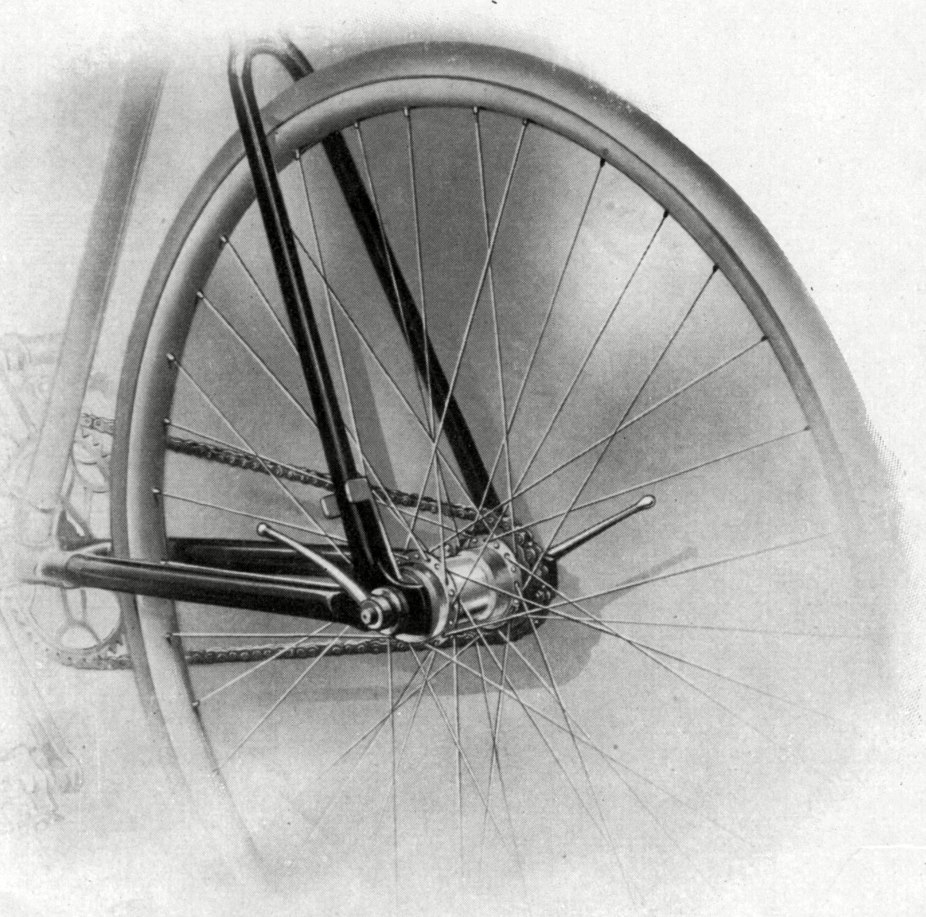
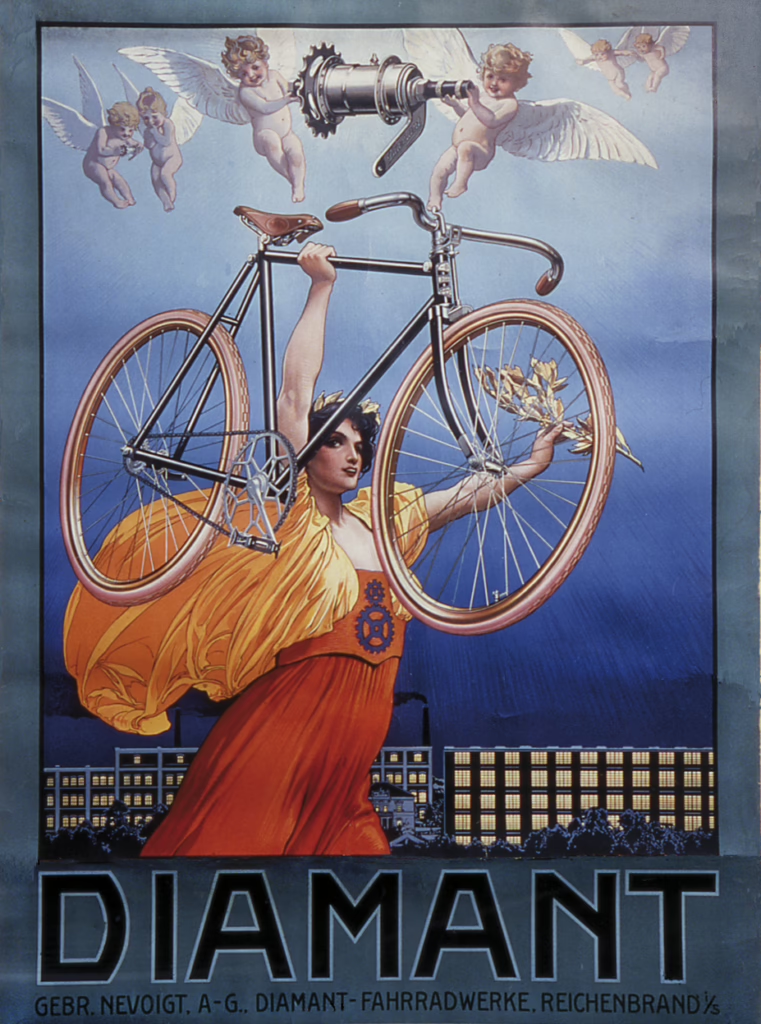
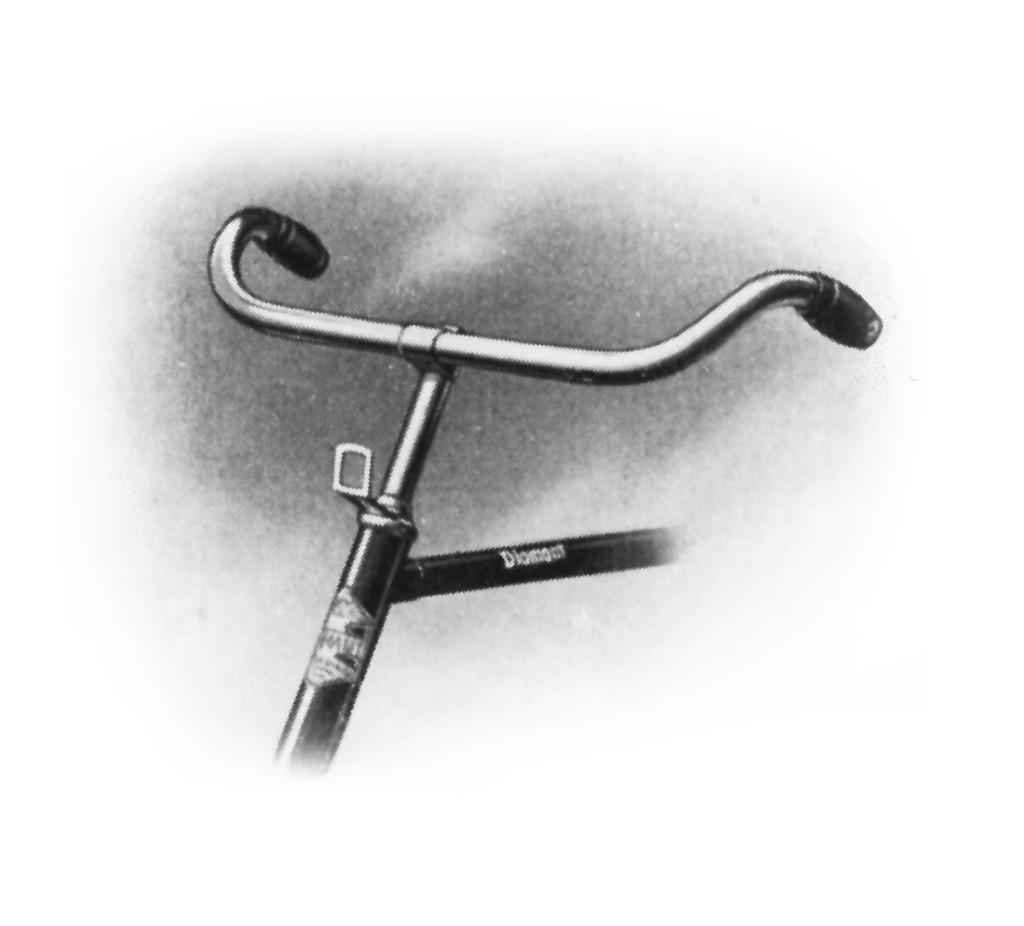
In the early 1920s, one racing success follows another. Business is booming, and Diamant shines brightly. But during the Great Depression, Diamant’s initial luster fades as well. The Nevoigt brothers have long since left the company, and not on entirely peaceful terms. In 1928, Opel takes over the company amid significant turbulence. Diamant ventures briefly into motorcycles. Some of these machines eventually make it all the way to India. This period also lays the groundwork for the early development of the e-bike. For example, Diamant’s delivery bike from 1934 could be equipped with a small motor from Fichtel & Sachs.
The quality of the bicycles fades. Opel focuses on cheap manufacturing to boost sales through low prices. But that approach simply doesn’t align with Diamant. The management revolts, regains independence, and refocuses on high-quality bicycles from Saxony. Then, World War II breaks out. This marks our darkest phase, as the Diamant bicycle factories also use forced labor for armament production. On March 5, 1945, more than 900 US bombers attack the industrial city of Chemnitz, leaving it in ruins. By sheer luck, the Diamant factories remain untouched by the bombs. As part of the repair agreements, the neighboring Wanderer factories have their machinery dismantled and sent to the USSR. Once again, chance plays a role in Diamant’s fate: the Fahrradwerke simply rank low enough on the list. Dismantling policies come to a premature halt.
1946 – 1990: Challenging achievements – The Peace Race gives birth to an iconic reputation
In 1946, a public referendum dissolves the Diamant AG. The Soviet joint-stock company Awtowelo (an abbreviation for “self-propelled bicycle”) takes over Diamant. Shortly after, Diamant becomes a state-owned enterprise (VEB). Once again, the Fahrradwerke teeter on the brink of collapse, as the VEB is supposed to quit with bicycles and to focus on knitting machines. Then the GDR leadership recognizes the economic potential of high-quality bicycles, which only Diamant produces in East Germany.
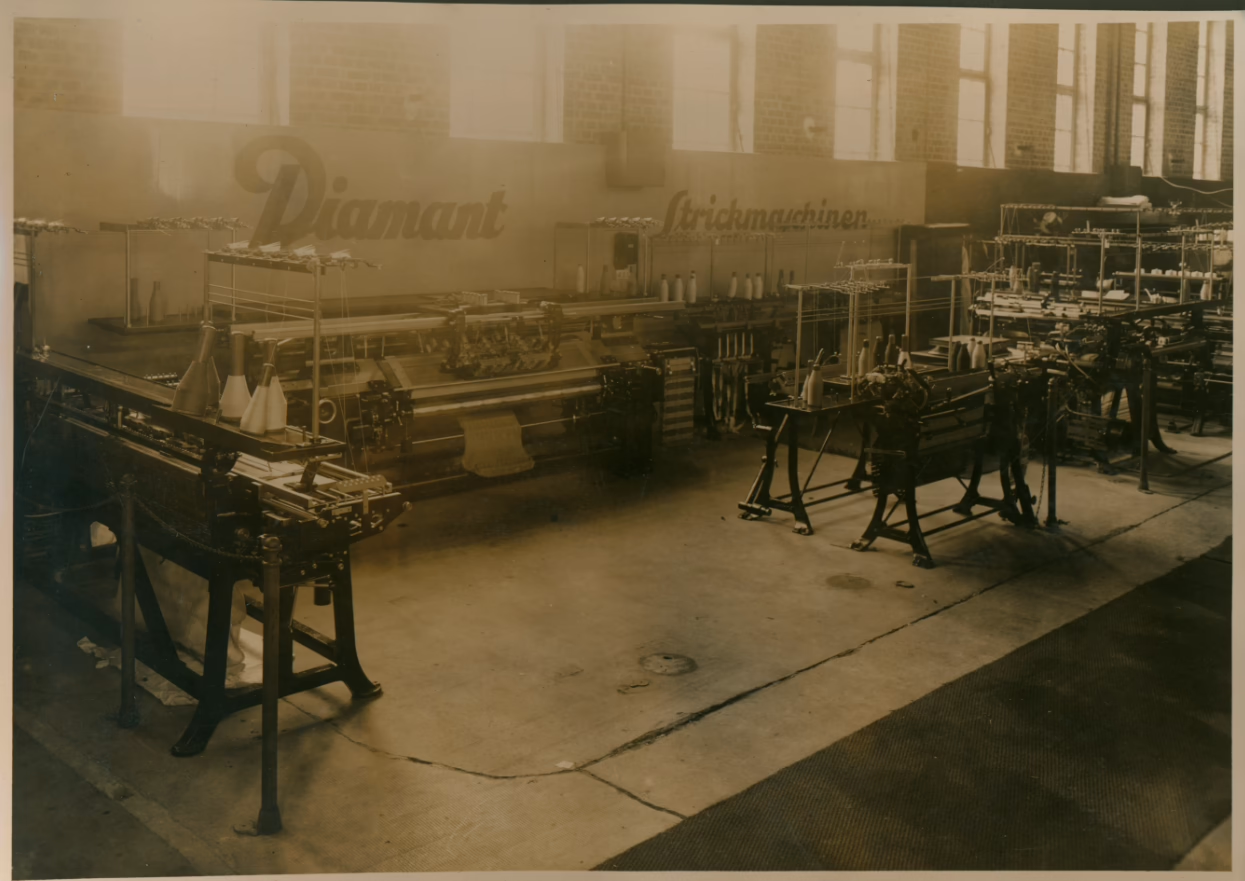
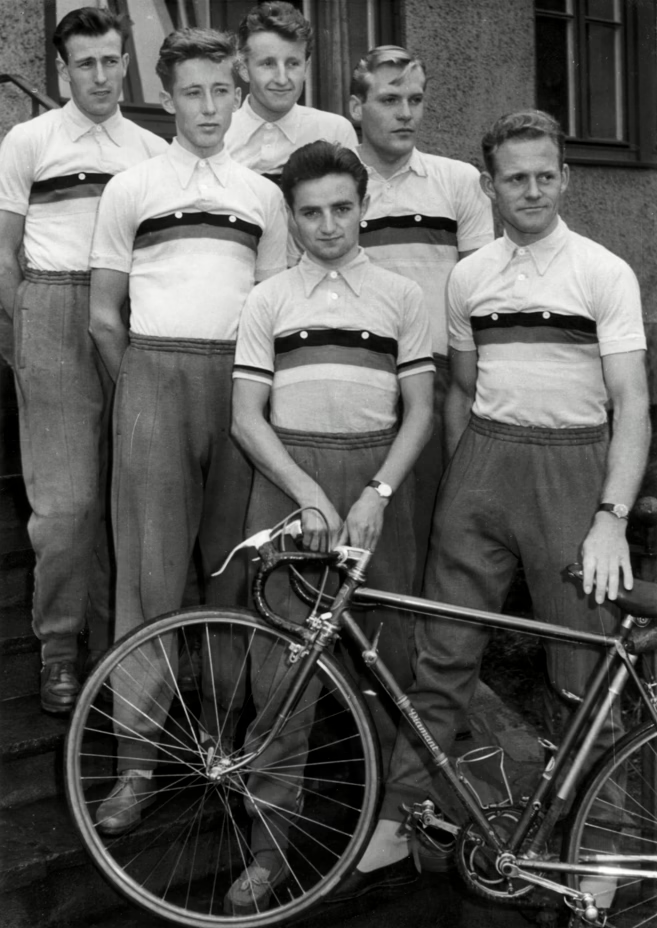
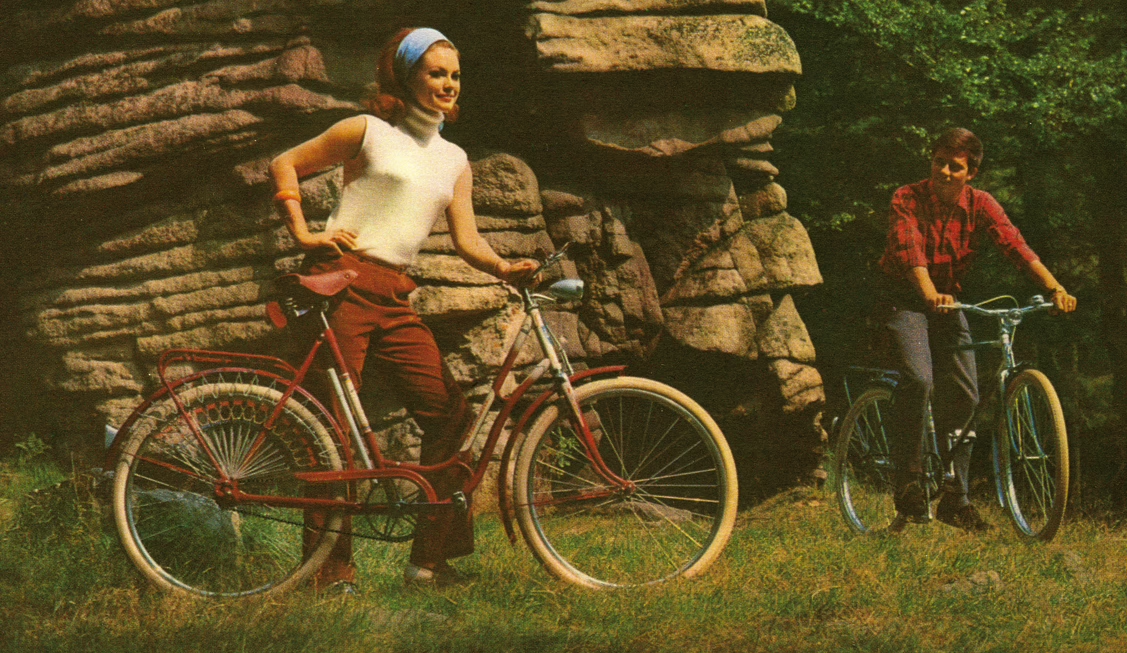
A bicycle and a rider become legendary. With the No. 167 road racing bike, “Täve” Schur wins the Course de la Paix (Peace Race) in 1955, marking the first victory by a German rider in the biggest of all bike races on that side of the Iron Curtain. On this “Peace Race model,” Schur also becomes the world champion of amateur road cyclists in France in 1958 (and again in 1959) – the first German to achieve this feat.
He is not the only famous German professional to ride (at least for a while) on a Diamant (and the following list could expand a lot):
- Uwe Ampler: Four-time winner of the Peace Race, Olympic gold medalist in men’s team time trial
- Adolf and Richard Huschke: Germany’s most successful cycling brothers of the 1920s, with Richard holding the distance record at the Berlin Sixdays until today
- Gustav «Täve» Schur: The first famous Eastern German cyclist. Back-to-back World Champion of the Amateurs in 1958/1959, double winner of the Peace Race.
- Jan Ullrich: The German wunderkind on a bike, full of talent and potential, first and only German winner of the Tour de France in 1997
- Jens Voigt: Winner of two Tour de France stages, holder of the hour record in 2014, widely popular international cycling personality
- Erik Zabel: 211 victories to his name, including six point classification victories at the Tour de France, making him one of the greatest sprinters of all time
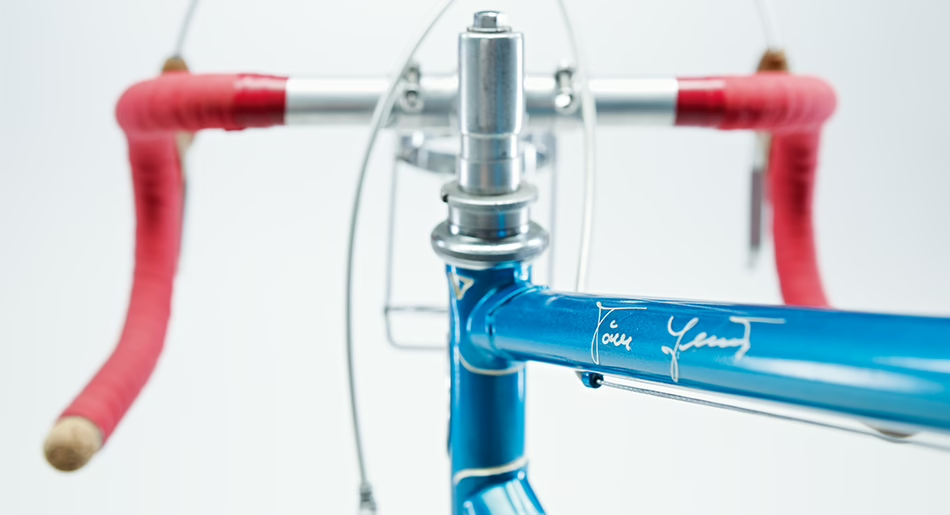
In the GDR, there are only a few bicycle brands: Diamant, Mifa, and, until the early 1960s, Möve. Anyone wanting a good bike buys a Diamant. Even back then, Diamant earns most of its money from touring sports bikes for everyday use and vacations. However, in close collaboration with the Institute for Research and Development of Sports Equipment (FES), many highly innovative and high-performance racing bikes are also developed in Chemnitz.
1990 – 2003: A new start after reunification – Saxon craftsmanship with Swiss support
By the end of the GDR era, resources and modern equipment are scarce. With reunification, the bicycle production and knitting machine divisions separate. Demand for bicycles from East German production collapses completely. The largest Swiss manufacturer, Villiger, saves Diamant from collapse, recognizing the invaluable skills of Diamant’s workforce.
Villiger, with over 100 years of tradition in cigar production, had only started producing bicycles in the 1980s. Villiger invests – successfully – in Diamant and makes headlines with creative, bold innovations. Unfortunately, some are more curious than clever:
- The City-Blitz: Germany’s second e-bike in series production with a range of 26 km.
- The Handy: An impractical folding bike made of stainless steel.
- The Stripper: A hand-brazed, clear-coated bike produced in small series but plagued by just problems.
- The Beachcruiser F40: An experimental bike for an entirely new category.
- The Tepex™ Demo Bike: An innovative city bike made of composites instead of metal.
- The Snike: A bicycle with a pivot steering mechanism operated from the hips.
By 1995, the old bicycle factories reach their limits. Diamant relocates from Chemnitz-Reichenbrand to the outskirts of the city in Hartmannsdorf into a brand-new assembly. It’s one last greeting from the knitting machine division. They built the hall but never got to move in before they ran into bankruptcy.

Post 2004: Renaissance – Wait, they still exist!
Around the turn of the millennium, the bicycle market shrinks. Villiger prefers to focus on cigars and exits the bicycle business in 2002. Trek, an American company owned by the Burke family, acquires Villiger and all its sub-brands – including Diamant. Germany’s oldest bicycle manufacturer captures the interest of John Burke, Trek’s president. Trek eventually discontinues almost all sub-brands, but Diamant endures.
Instead, Diamant expands into new markets. For the first time in over 125 years, Diamant enters the shop windows of Austria and Switzerland. In Switzerland, Diamant proves so successful that, within 15 years, its market share there surpasses that in Germany. Today, more than 50,000 people buy a new Diamant bike each year.
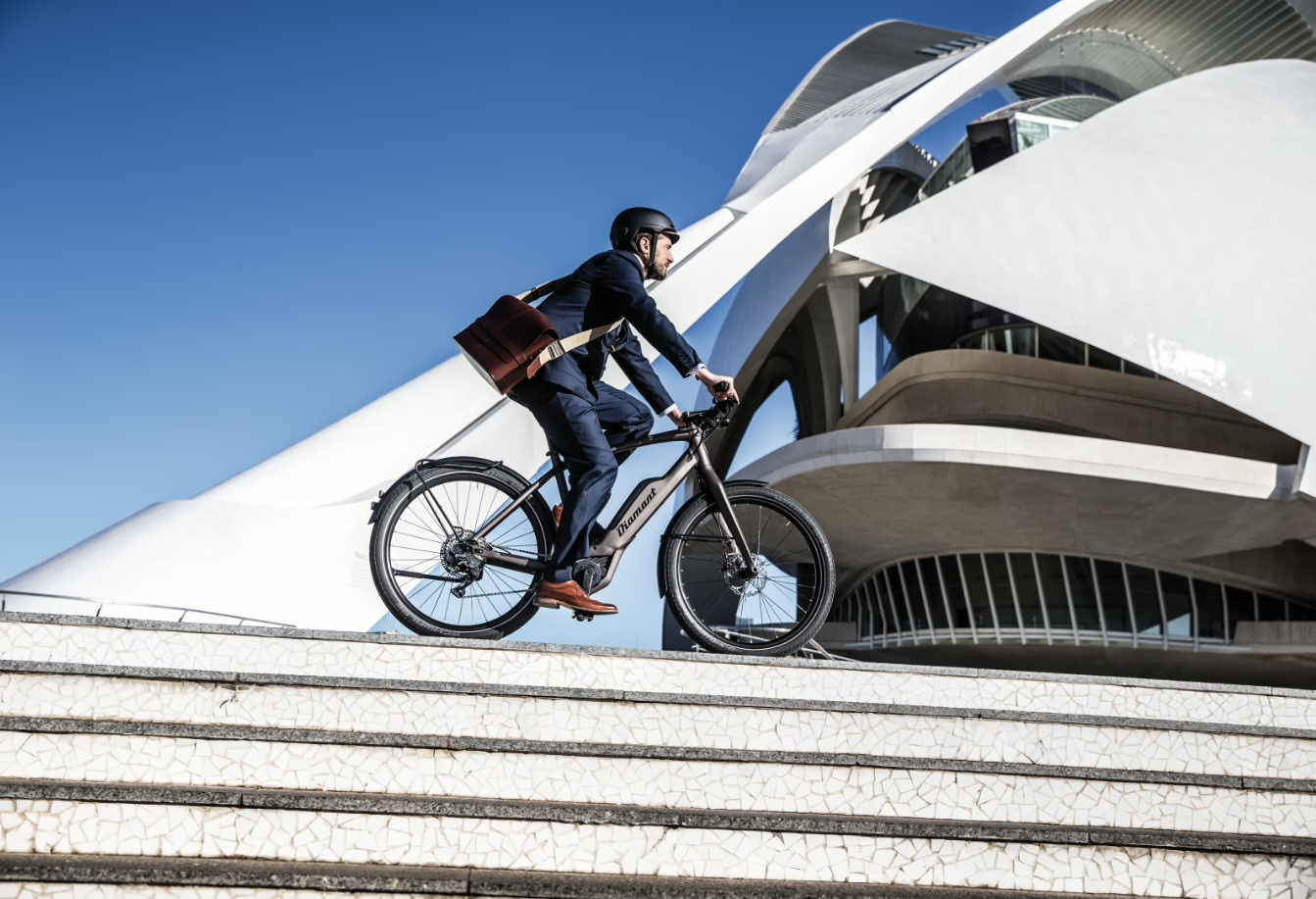
Diamant benefits from Trek’s strong supply chain and dealer-friendly distribution culture. While many Diamant bikes are built on shared frame platforms, there’s always room for individuality and distinction:
- The Diamant Juna reinvents the retro-style e-bike.
- The innovative and stylish Zouma commuter e-bike, with its semi-integrated battery, wins design awards.
- A young tradition is born in the shape of limited editions, freshly designed each year for every new collection.
«We still have an old Diamant bike in our basement», someone writes to us. «My parents always used to ride Diamant bikes», another says. On the streets of Chemnitz, Leipzig, Dresden, Berlin, and Potsdam, Diamant is what Peugeot is in Munich, Hamburg, and Cologne. With one difference: modern Diamant bikes mix seamlessly with the sought-after vintage models.”
Our future – High-quality bikes with cult status
Today, the Diamant Fahrradwerke are Trek’s only proprietary bicycle factory worldwide. Trek has given us stability and a future – we are alive and well. Diamant still stands for high-quality bicycles from Saxony. Our own mechanics in Hartmannsdorf continue to assemble every Diamant bike on-site. Today, we also build bikes for Trek and Electra for the European market.
Product management and marketing for Diamant have been based in Switzerland since the Villiger era – a tradition now nearly 40 years old. Our engineers and designers collaborate with colleagues at Trek’s development center in Harderwijk, Netherlands. You could say: Diamant is a Saxon with a holiday home in Switzerland, a second residence in the Netherlands, and a spouse from the USA.
We, the people who work for Diamant, are filled with passion. We strive to continue Diamant’s long legacy – every day, with pride and gratitude. Diamant is a matter of the heart for us. This personal connection is shared by many loyal fans of the brand. It’s what sets Diamant apart from other traditional companies.